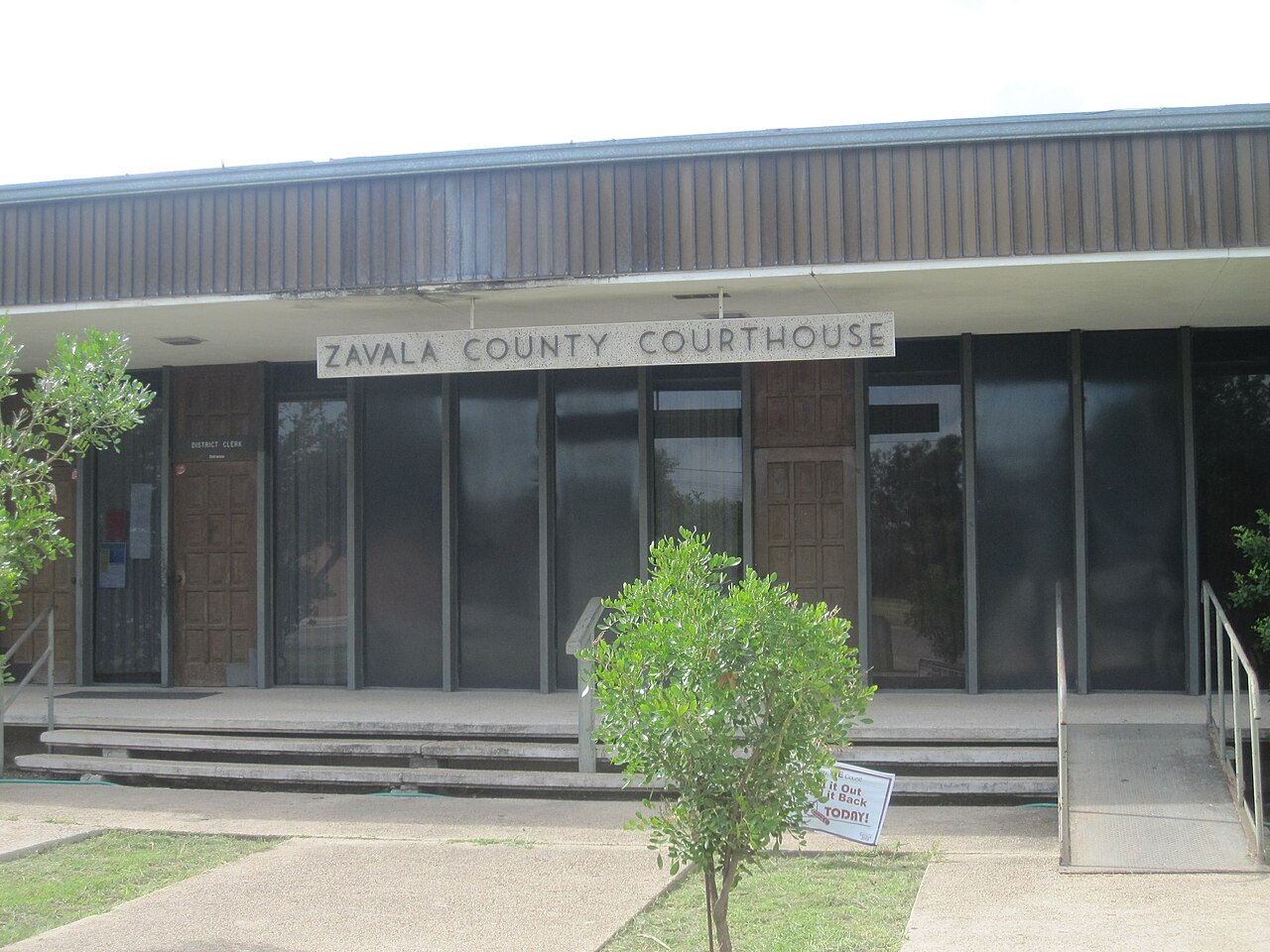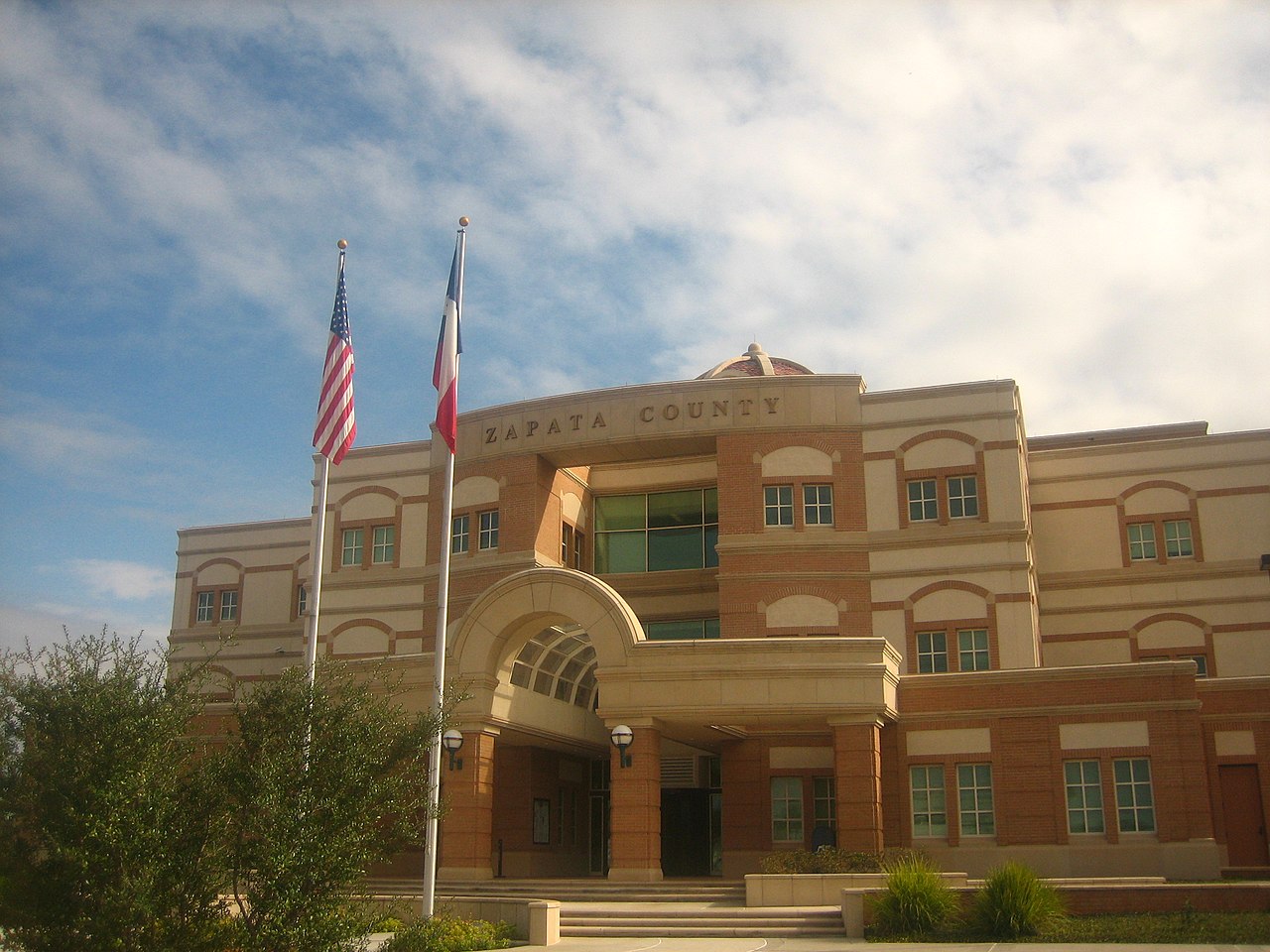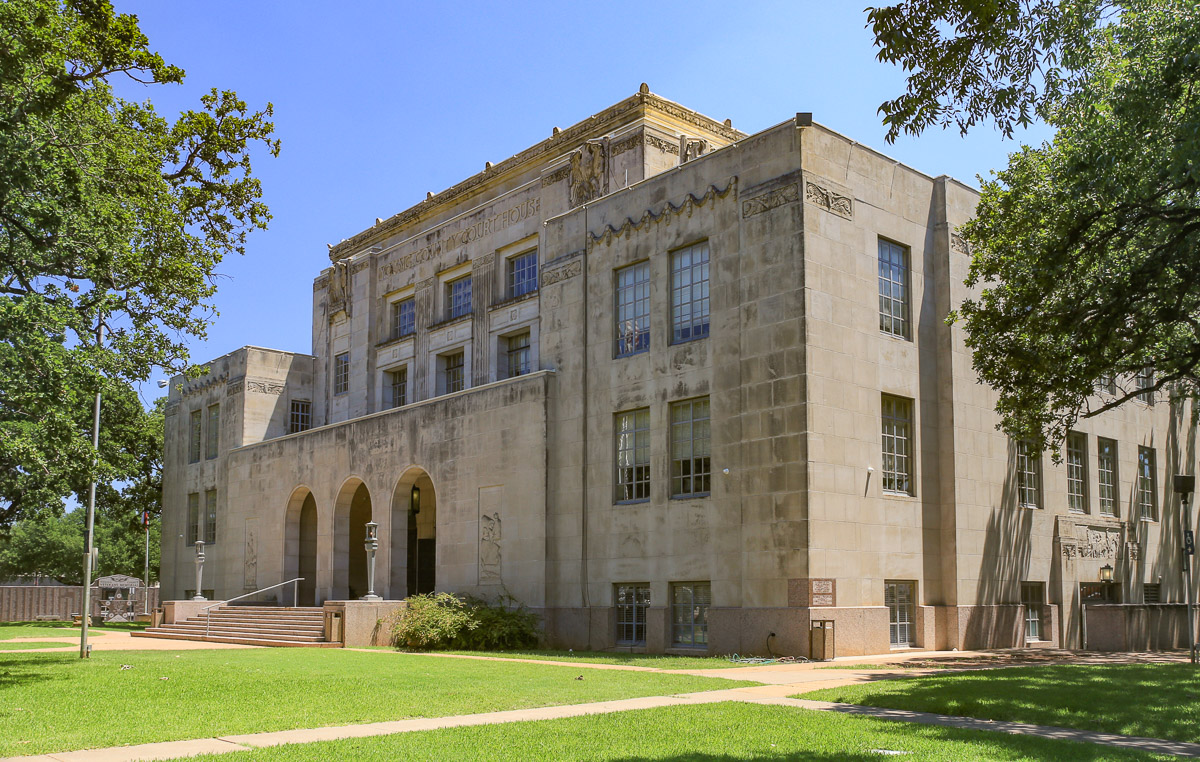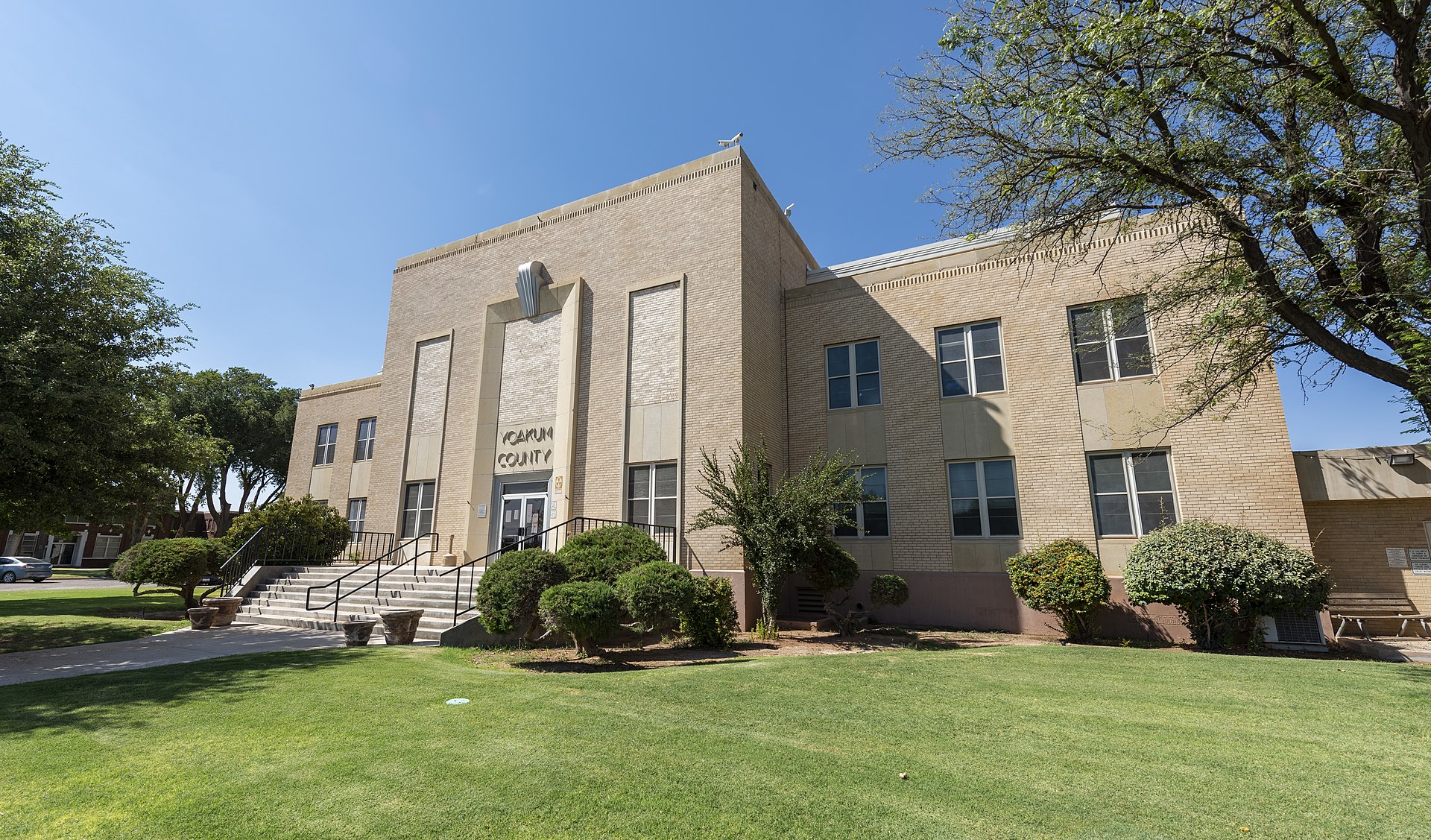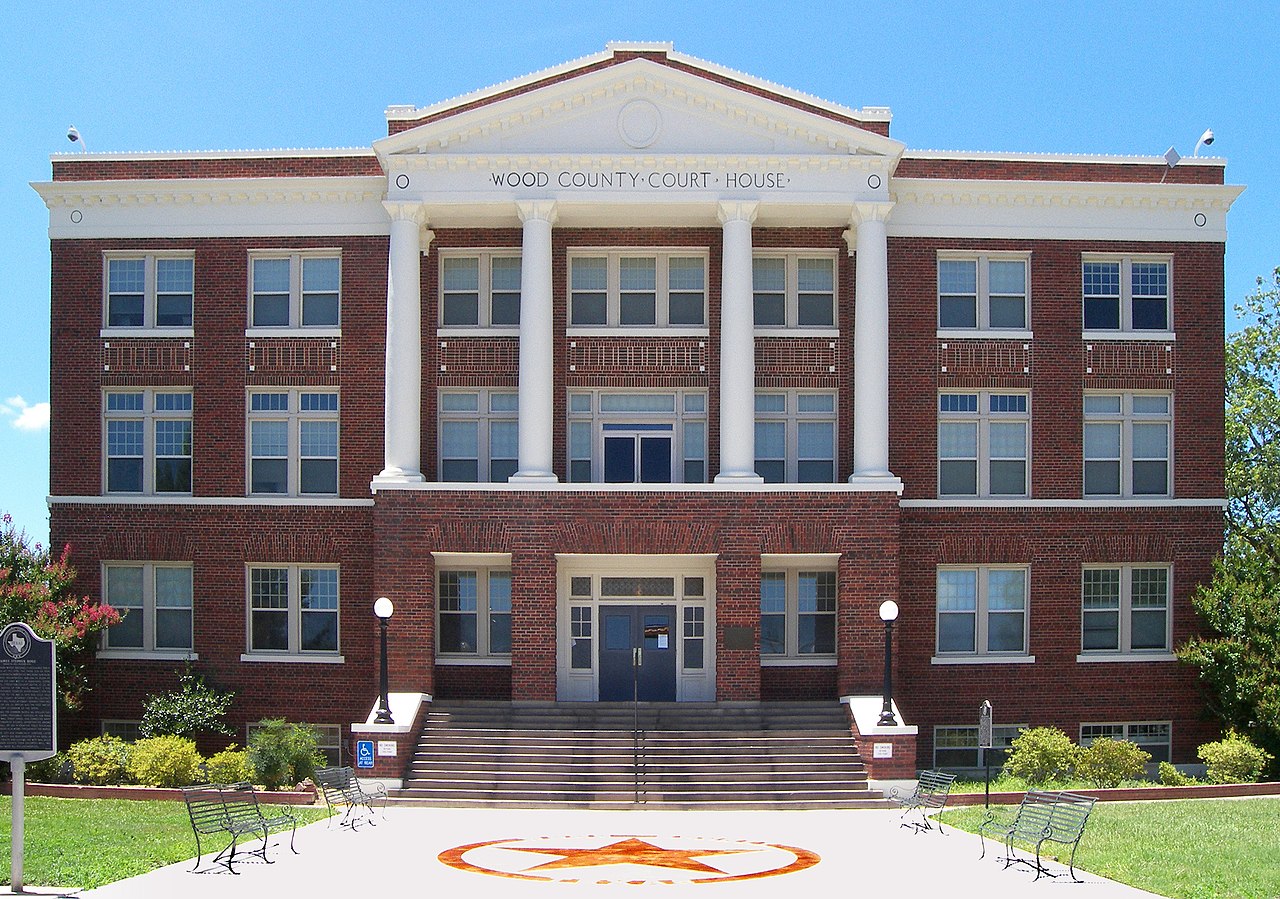Child custody litigation is arguably one of the most stressful aspects of a family law case. In most states, child custody trials are heard by a judge as opposed to a jury; Texas is the only state permits jury trials for custody cases. Child custody can be one of several issues before the court in divorces cases, or it can be the only issue where parents are unmarried or where one parent is requesting a custody change after an initial custody determination during divorce. A child custody case is usually initiated by filing a petition with the court, which can be called different things depending on the state. It may be either a Petition or Complaint for Determination of Child Custody, or a Request for Modification of Custody, or in divorce cases the filing party can request custody of a minor child in their Petition for Divorce. Once the appropriate petition and supporting documents are signed, they must be filed with the Court. After filing the appropriate paperwork, the petitioner must arrange for the Respondent, the opposing party in the case, to be served with the papers. Most courts have very specific requirements for what the petitioner must include with the papers they give the respondent. In many jurisdictions, the Petitioner must arrange for a law enforcement officer or private process server to personally deliver the court papers, called pleadings, to the respondent. Other jurisdictions, however, permit the petitioner to send the pleadings to the opposing party by certified mail. Regardless of the method of service, each jurisdiction imposes a timeframe in which the opposing party must respond to the Petitioner’s petition. If the opposing party does not respond within the required timeframe, the Petitioner can usually request that the Court issue a default which would restrict the opposing party’s ability to contest, or argue against, petitioner’s requests on certain issues. If the opposing party responds to the petition indicating that he does not agree to the Petitioner’s proposed custody and visitation arrangements, the next step would likely be discovery. The discovery process is the phase in the child custody litigation where the parties try to discover relevant information about the case. Discovery is carried out by sending requests to the opposing party asking the opponent to provide answers to questions, documents, or other evidence or information that might lead to the discovery of evidence. Some common discovery methods are service of Child Custody Interrogatories, Requests for Admissions, and Requests for Production of Documents. These discovery methods permit the parties to gain a more in depth awareness of the other party’s position with regard to custody as well as each other’s financial position for the purpose of calculating child support. After both parties have requested and responded to discovery requests, the next step is likely for the parties to attend child custody mediation. Many courts in many jurisdictions require mediation in child custody cases prior to having the case heard by the court. Mediation is a process where the mediator, a third-party who is neutral, helps the parties try to reach an agreement. If the parties do reach an agreement, it will usually be reduced to writing that same day, all the parties will sign it, and the parties may have to attend a very short hearing for the judge to hear testimony that regarding the terms of the agreement to determine if the same is in the best interest of the minor children. In the event that the parties do not reach an agreement, they go to trial for the judge to decide their case. Before going to trial, the parties usually conduct some additional discovery such as conducting depositions. There will also be deadlines for the parties to exchange a list of witnesses and exhibits that will be used at trial. The judge is charged to determine what is in the best interest of the minor child. Therefore, the parties are tasked with soliciting witnesses to testify at the trial that supports their position as the child’s best interest. Ideal witnesses in custody trials are the children’s babysitters, mutual friends of the parties, family members, and neighbors who have seen both parties interact with the children but are willing to advocate for the children spending the majority of time with one party rather than the other. The goal is to paint a picture for the judge of how each parent cares for the child and how it would be detrimental for the opposing party to have custody of the child. In some cases, the parties will elicit the assistance of a guardian-ad-litem, a neutral party who is charged with interviewing both of the parties, the children, and if applicable child care providers and teachers in an effort to gather the necessary information in order to make a recommendation to the Court as to what is the best interest of the minor children. Contested custody trials can be scheduled for anywhere from a few hours to a few days depending on the number of witnesses and complexity of the issues involved. At the beginning of the trial, the judge may ask each party to give a brief opening statement outlining what they expect their evidence to show and what relief that they are seeking from the Court. The petitioner will then call his first witness and the respondent has an opportunity to cross-examine his witness. Once the petitioner has called all of his witnesses, he will rest his case and the respondent will have an opportunity to call all of her witnesses. Again, the Petitioner will have the opportunity to cross-examine each of the respondent’s witnesses. Some of the witnesses will be used to authenticate documents such as report cards or medical records that are introduced into evidence as exhibits. Authentication of documents means that the document is shown to be what the party entering it as evidence claims it is. Other items that may be used as exhibits in the trial are photos of the parties and the minor child, attendance records for the minor child, the parties’ arrest records, or social networking print-outs. The goal with regard to exhibits is to give the judge tangible articles to supplement the witness testimony. After the parties have presented all of their evidence, each party will likely give closing statements summarizing all of the evidence that he or she presented and again ask the Court to grant to him or her the relief requested in the initial petition. In some cases, the judge may call a recess after closing arguments to deliberate before rendering a decision that same day, while in other cases the judge advises the parties that he will take the case under advisement and fax his findings and decisions to the parties’ counsel.
ABOUT THE AUTHOR
Michael Busby Jr. is a divorce & family law attorney, who practices in Harris and Fort Bend Counties, Texas. He has been in practice for over 14 years and has tried over 300 cases. He is familiar with the policy and procedures of the Harris and Fort Bend County Texas family law courts. Our office is open until 8:30 p.m. on Wednesdays and Saturday from 9 a.m. to 1 p.m. for working folks. Michael Busby Jr. 6100 Corporate Dr Ste 190 Houston, Texas 77036 (713) 974-1151 281-DIVORCE Visit me on the web at www.busby-lee.com
[paypal-donation]



